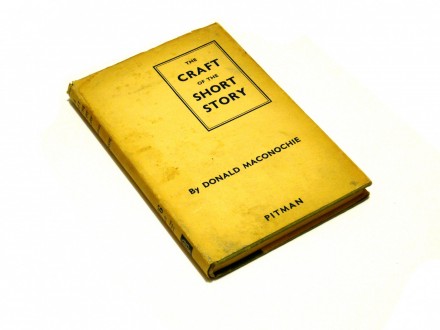Ponuda "Isaac Pitman Pitman s Shorthand instructor" je arhivirana
Isaac Pitman - Pitman`s Shorthand instructor
1.000 din.
THE NEW PHONOGRAPHIC PHRASE BOOK
399 din.
Isaac Pitman - Pitman`s Shorthand instructor
1.000 din.
THE NEW PHONOGRAPHIC PHRASE BOOK
399 din.
SHORTHAND MANUAL Pitman‚s Shorthand
200 din.
Prijavom na sledeći link možete dobiti obaveštenje kada se predmet koji tražite pojavi
http://www.kupindo.com/Rss/pretraga.php?Pretraga=Isaac Pitman&CeleReci=0
Ukoliko još niste koristili RSS, pročitajte više o tome na Kupindo blogu:
http://blog.limundograd.com/2012/08/rss-ili-kako-da-uvek-znas-sta-je-novo-u-ponudi/
http://www.kupindo.com/Rss/pretraga.php?Pretraga=Isaac Pitman&CeleReci=0
Ukoliko još niste koristili RSS, pročitajte više o tome na Kupindo blogu:
http://blog.limundograd.com/2012/08/rss-ili-kako-da-uvek-znas-sta-je-novo-u-ponudi/







